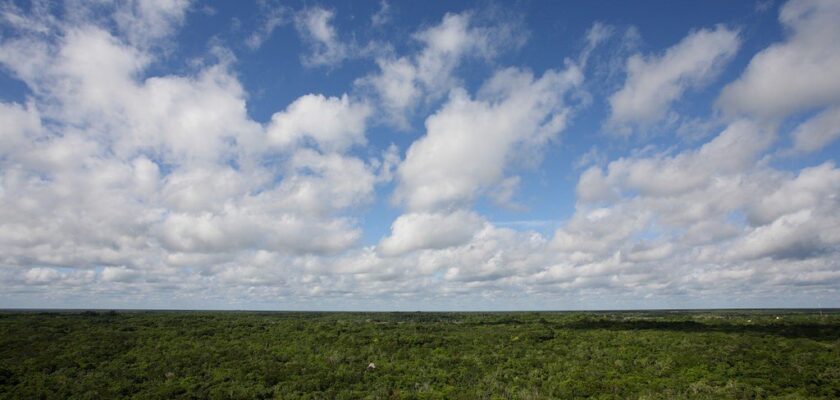Coba
Coba, the largest city of the Maya empire, was built between 600 and 900 on an area of more than 80 square kilometers. It was home to between 50,000 and 100,000 people. The ruins of Mayan buildings in Coba are unique in that they have never been restored in any way – only the jungle around them was cut down. Only 6,500 structures have been discovered. Only a few structures have been uncovered, but the ones that can be seen today are extremely impressive and beautiful. Experts say that Coba was a crossroads, the most significant center of trade between the Caribbean coast and mainland cities.
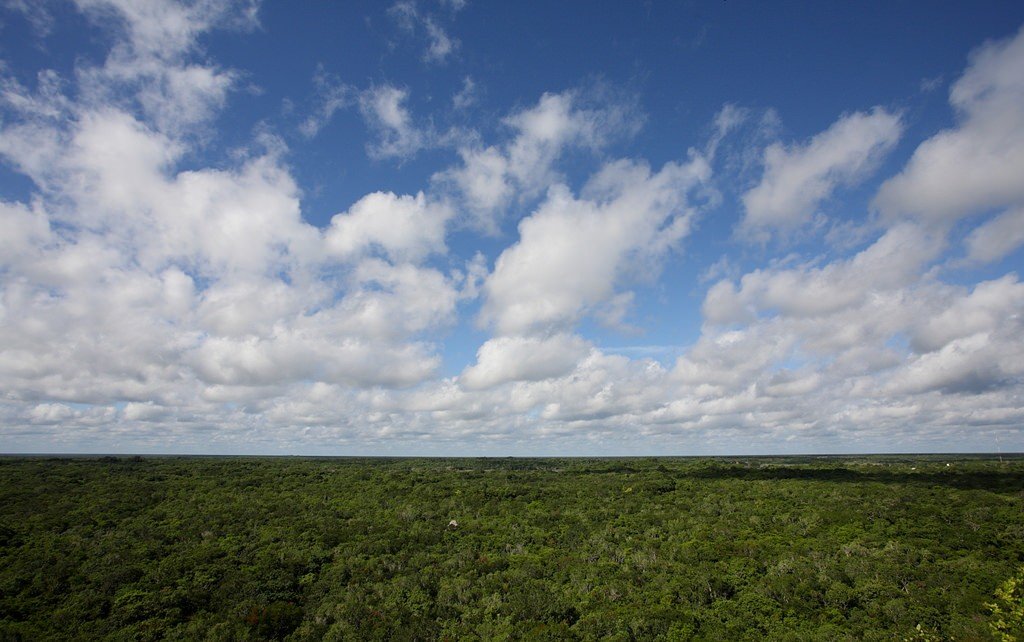
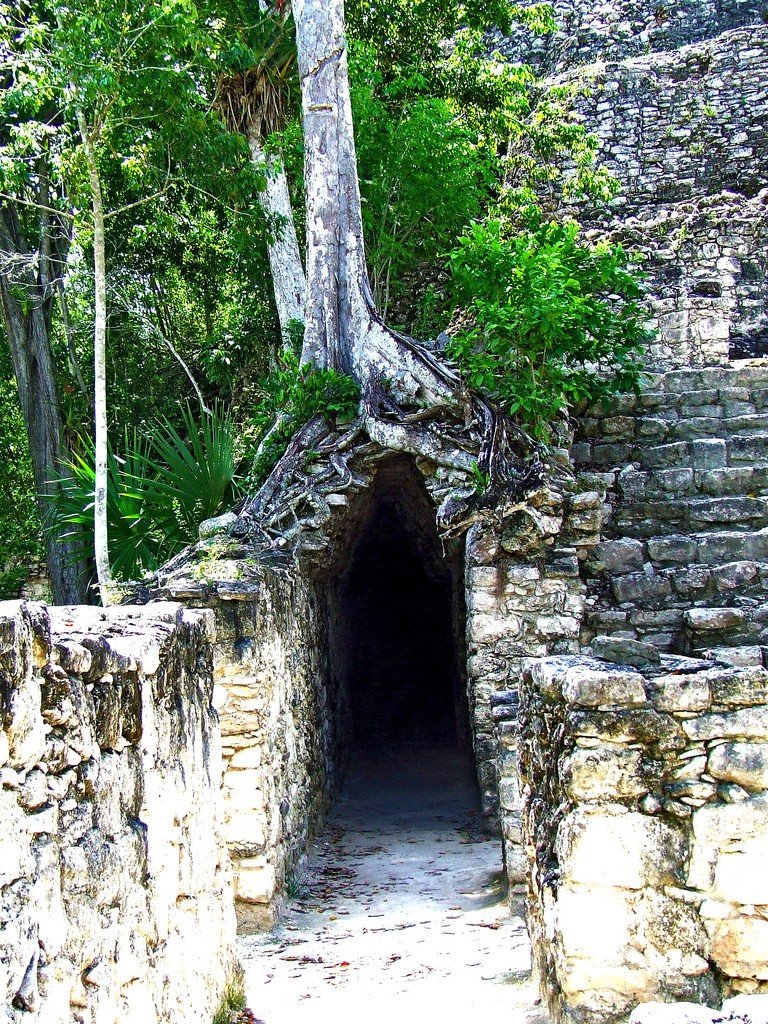
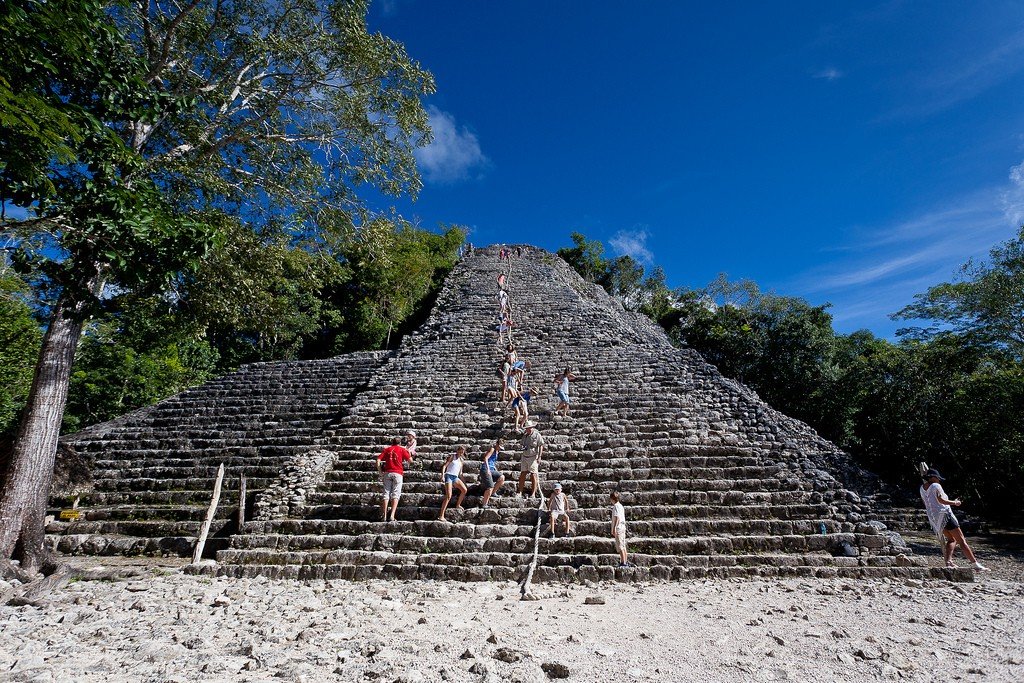
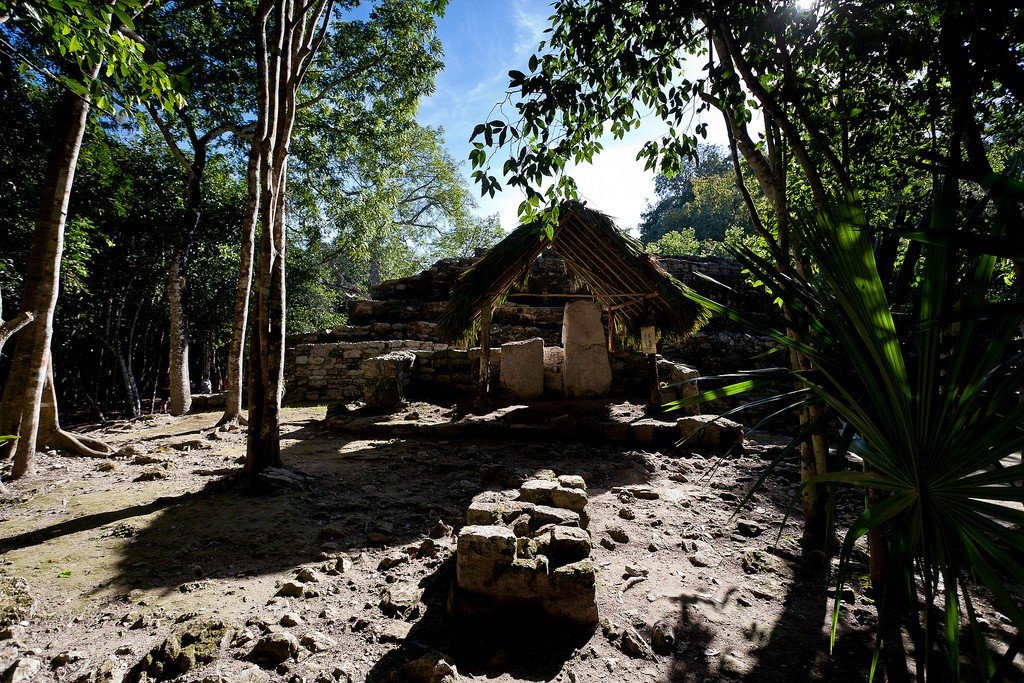
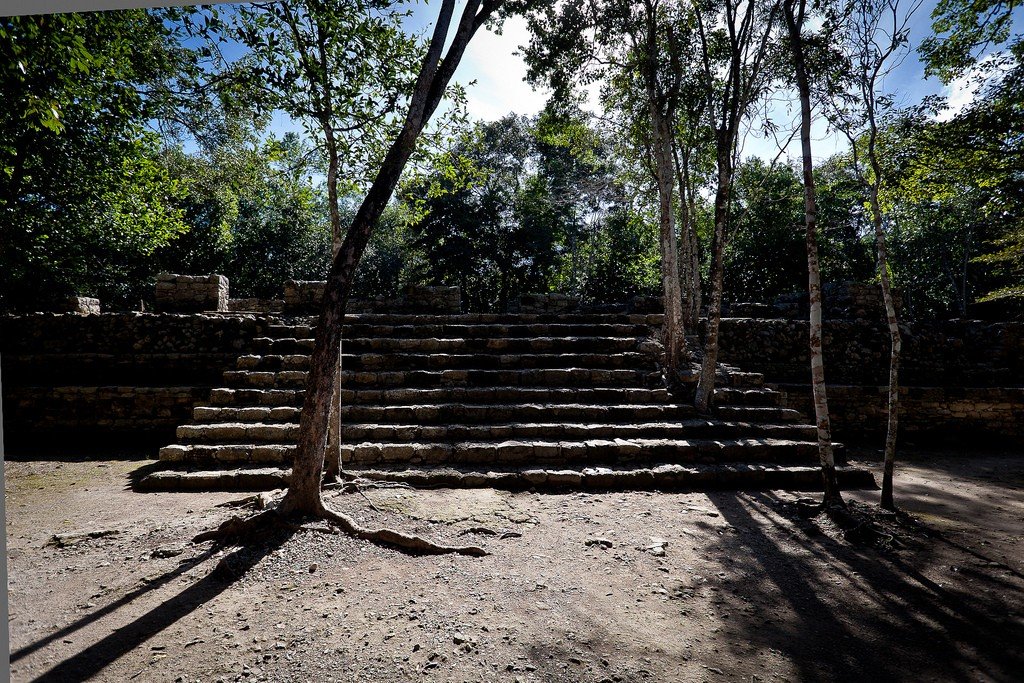
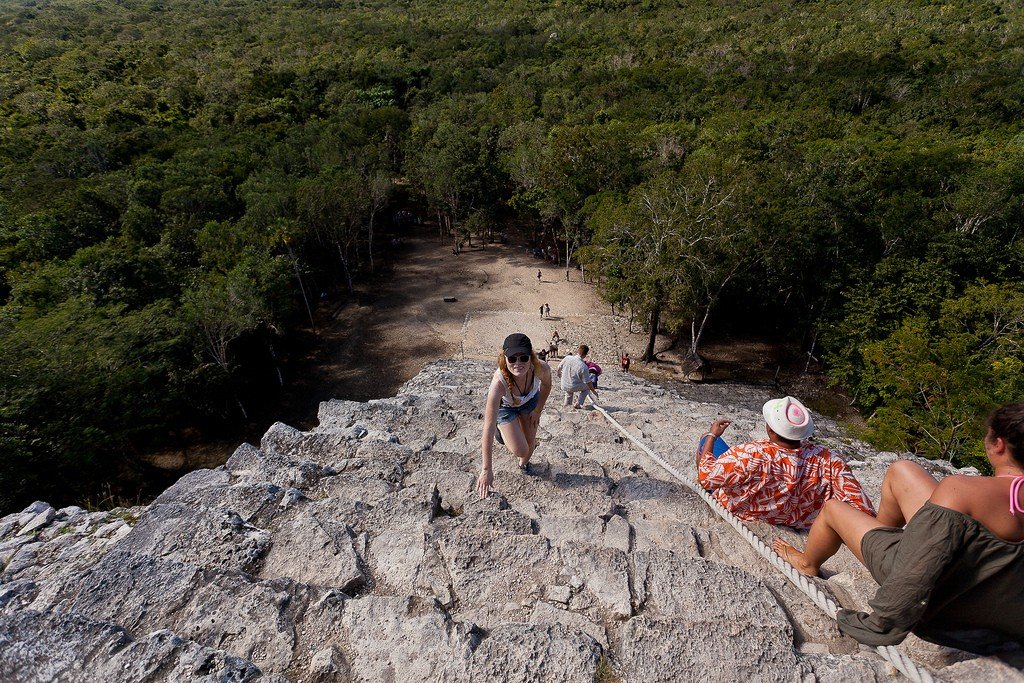
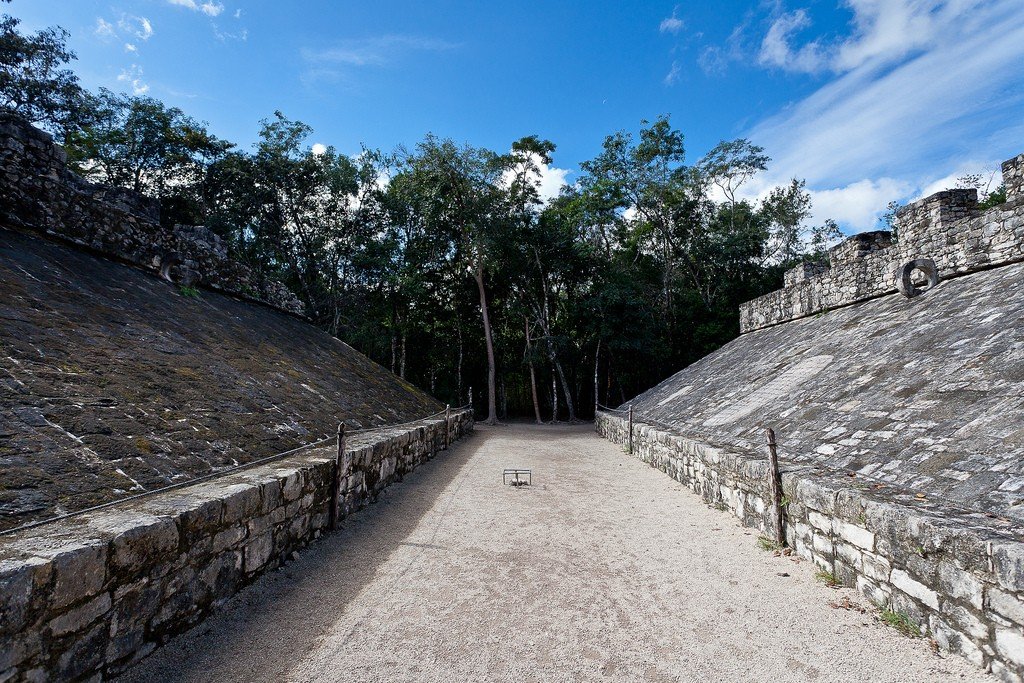
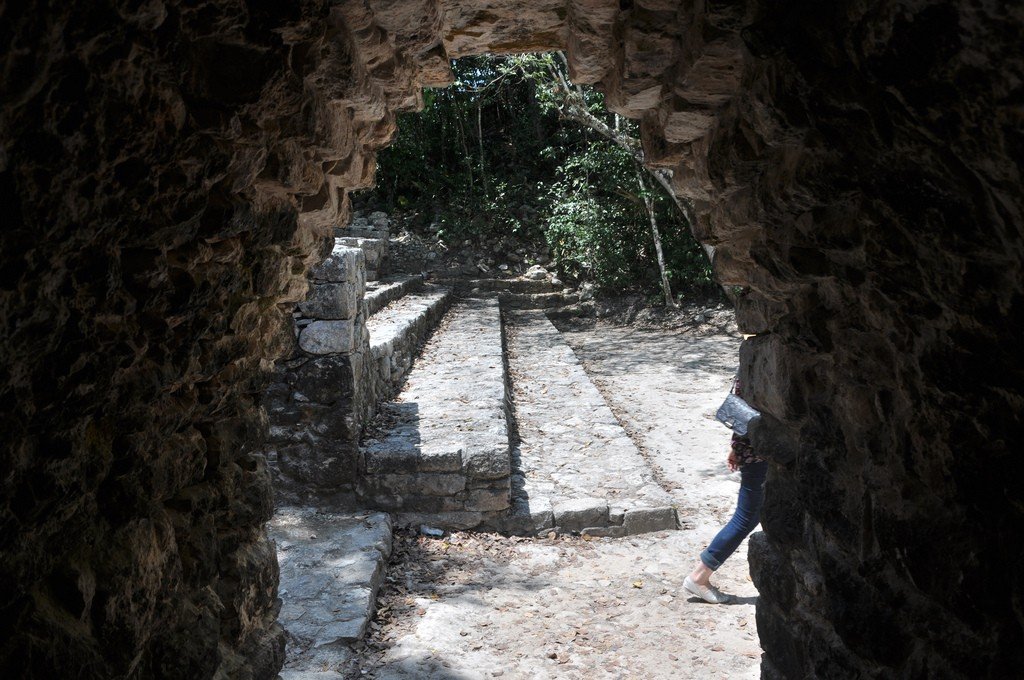
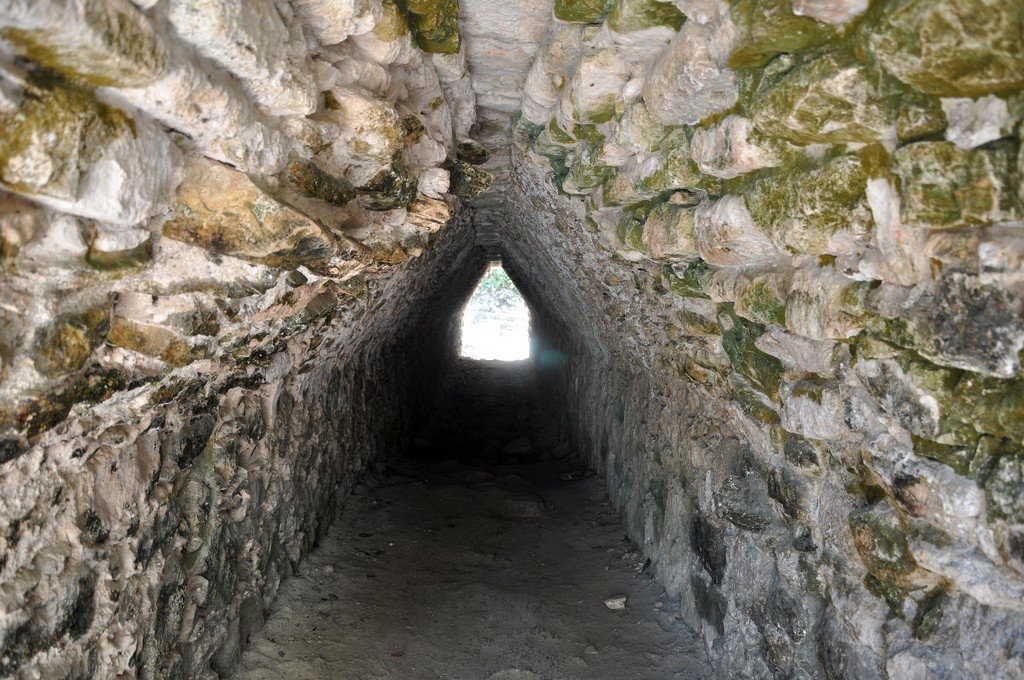
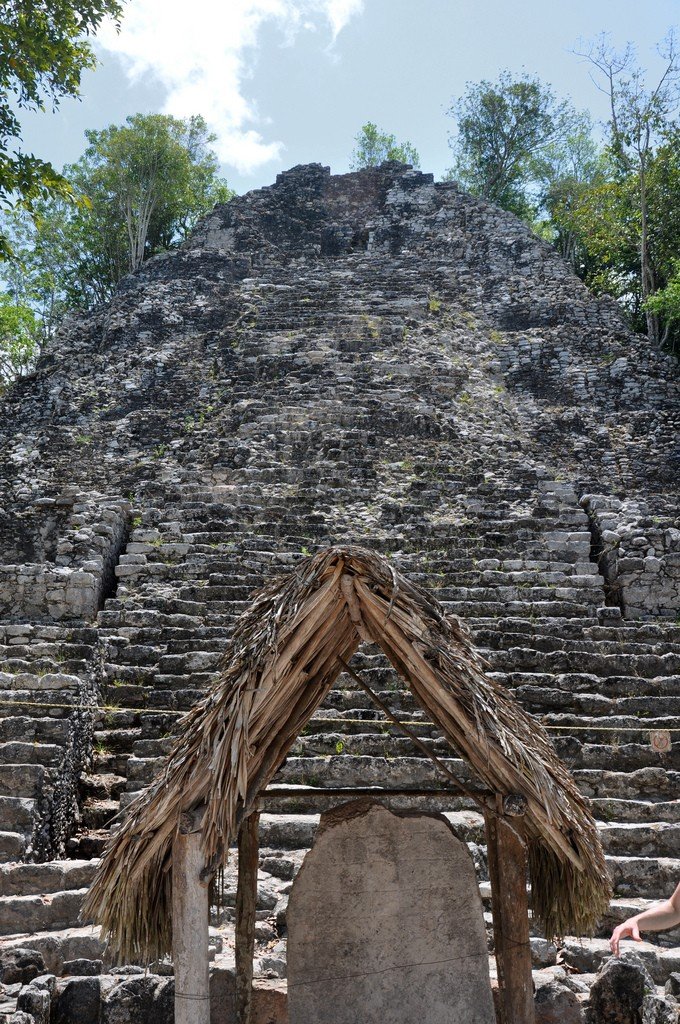
General Information
A steep climb leads to the top of the Nohoch Mul pyramid, the tallest in the Yucatan (over 42 meters), but it’s worth the climb for the views. Kilometer after kilometer, the jungle opens up and the Macanxok Lake, the tops of temples and other pyramids hidden between the trees – all these structures are still waiting to be explored. Atop Nooch Mul stands a small temple with two carved stone statues, also reproduced in the ruins of Tulum; alas, no one knows what they symbolize.
The most mysterious thing about Coba is the network of wide “elevated” roads known as sakbe (white roads) running from there all over the Yucatán. Like Roman roads, they are laid out in straight lines, from point A to point B; yet they are built 1-2 meters above the ground. They are about 20 meters wide, paved with limestone slabs, and have exits and interchanges. One of these ancient highways stretches for 100 km from Coba to Xahuna near Chichen Itza. More than 50 sakbe have been discovered in Coba, all starting from the central ploshala and diverging in major directions. 50 kilometers northwest of Tulum. 7.00-18.00 daily. Regular excursions from Cancun, Playa del Carmen and Riviera Maya combined with a trip to Tulum and shopping.
.